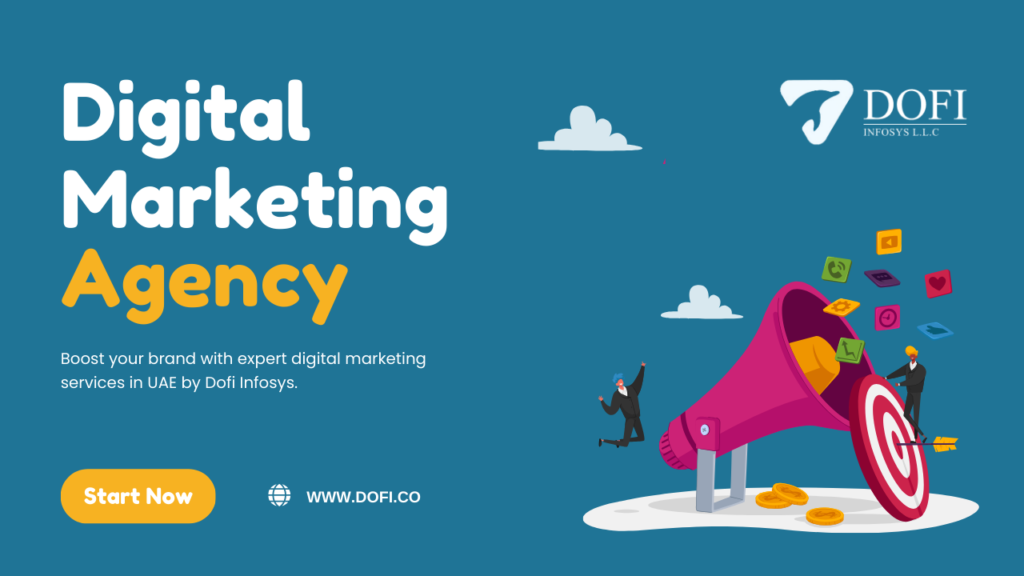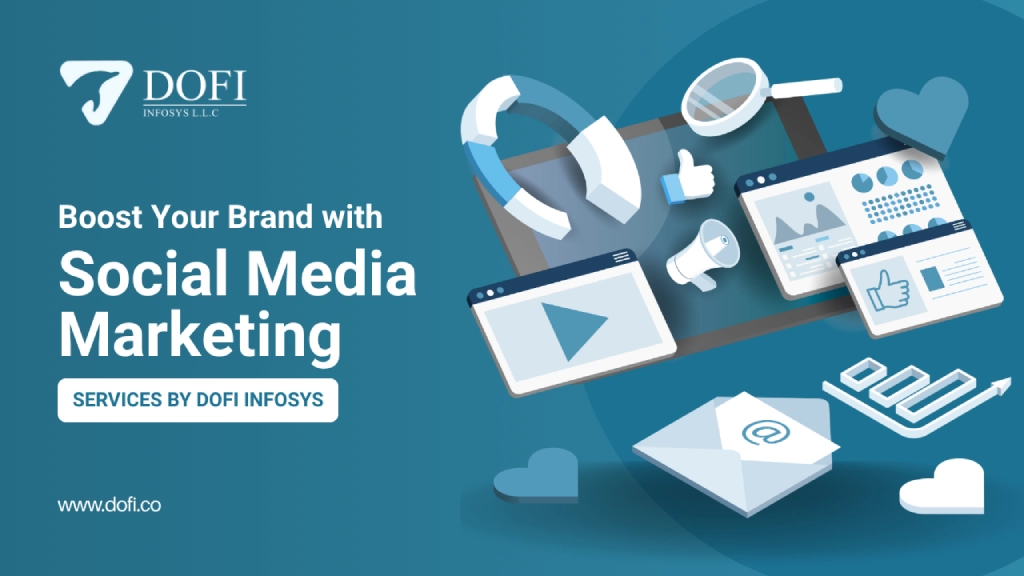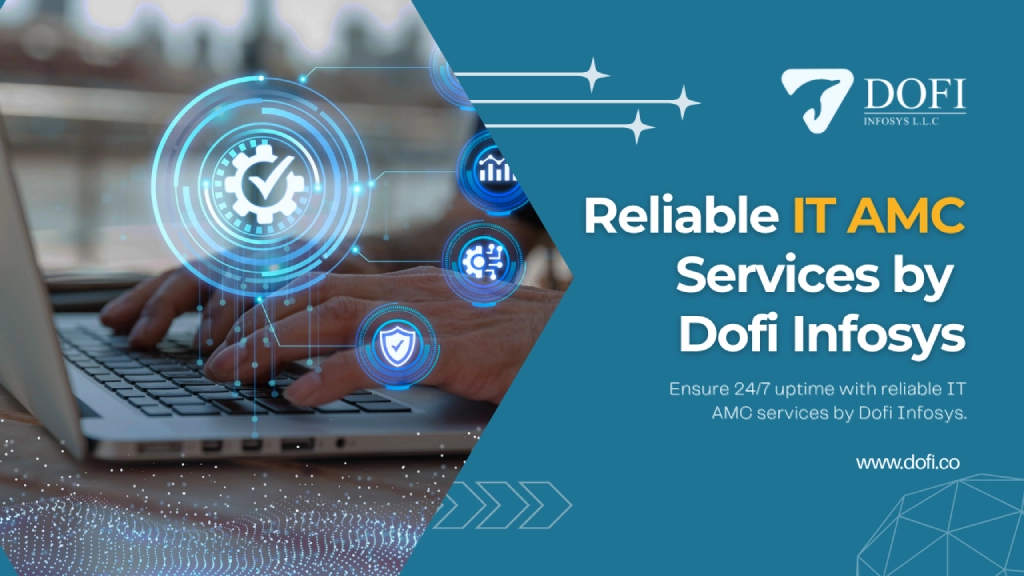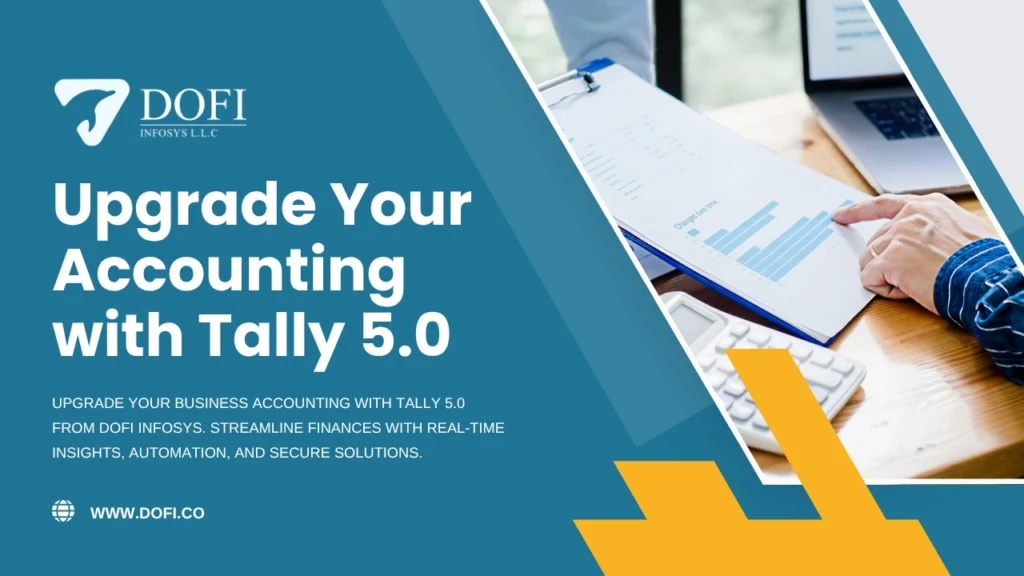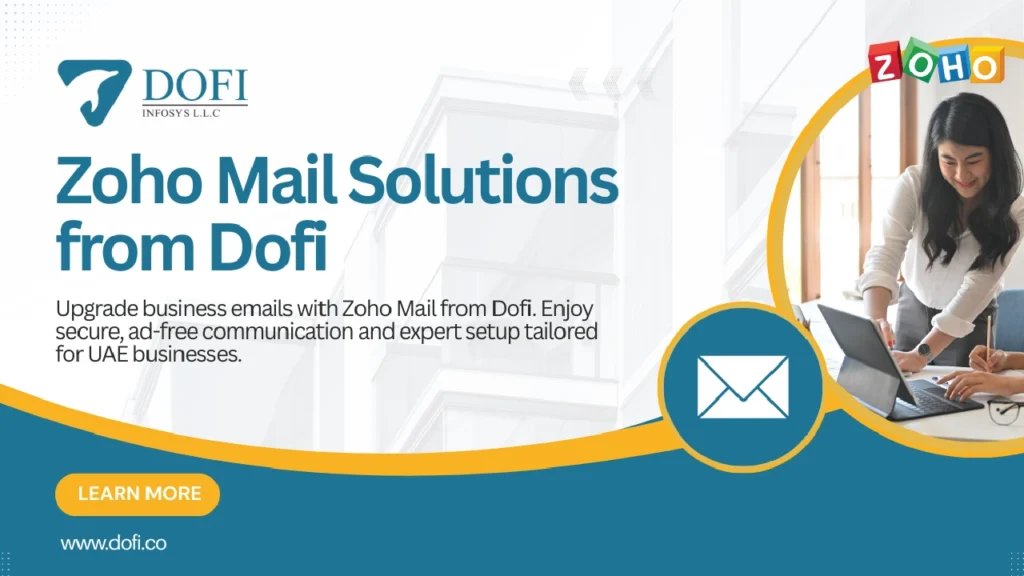Top IT Solutions to Transform Your Business in 2025
Introduction In 2025, businesses in the UAE and globally face unprecedented challenges and opportunities in digital transformation. Staying ahead requires adopting top IT solutions to transform your business, boost efficiency, and enhance customer experience. From cloud computing to AI-driven analytics, modern technologies are no longer optional—they’re essential for competitive advantage. This guide will explore the most impactful IT solutions for business growth in 2025. 1. Cloud Computing for Scalability and Flexibility Cloud computing remains a cornerstone of modern business IT infrastructure. Businesses leveraging cloud-based IT solutions can scale resources dynamically, reduce operational costs, and ensure seamless collaboration across teams. Key benefits include: Remote access: Employees can work from anywhere, improving productivity. Cost efficiency: Pay-as-you-go models reduce upfront hardware investments. Enhanced security: Advanced encryption and backup solutions protect sensitive data. Adopting cloud solutions like AWS, Microsoft Azure, or Google Cloud can transform your business operations, allowing you to focus on strategic growth. 2. Artificial Intelligence (AI) and Machine Learning (ML) AI and ML are no longer futuristic concepts—they are transforming how businesses analyze data, predict trends, and automate tasks. Implementing AI-powered tools can revolutionize customer service, decision-making, and operational efficiency. Applications of AI in business: Chatbots for 24/7 customer support Predictive analytics for market trends Automation of repetitive tasks to reduce human error By integrating AI into daily operations, businesses can make data-driven decisions faster, improving overall performance. 3. Cybersecurity Solutions to Protect Your Assets With digital transformation comes the heightened risk of cyber threats. Implementing robust IT security solutions ensures your business data, customer information, and intellectual property are protected. Top cybersecurity measures include: Multi-factor authentication (MFA) Real-time threat detection using AI Data encryption and secure backups In 2025, businesses that neglect cybersecurity risk financial losses, reputational damage, and regulatory penalties. 4. Enterprise Resource Planning (ERP) Systems ERP systems integrate all business processes—from finance and HR to supply chain management—into a single, unified platform. This helps organizations optimize operations, reduce costs, and improve decision-making. Benefits of ERP solutions: Streamlined workflows and real-time reporting Improved resource allocation and productivity Data centralization for strategic insights Leading ERP providers like SAP, Oracle, and Microsoft Dynamics continue to innovate, offering cloud-based and AI-enhanced solutions. 5. Internet of Things (IoT) for Business Insights The Internet of Things (IoT) connects devices, sensors, and systems to collect and analyze real-time data. Businesses leveraging IoT solutions can optimize operations, monitor equipment, and enhance customer experiences. IoT applications in business include: Smart inventory management in warehouses Predictive maintenance for machinery Personalized customer experiences through data-driven insights IoT adoption can significantly reduce downtime, operational costs, and inefficiencies. 6. Big Data and Analytics Solutions Data is the new gold in the digital era. Big Data solutions allow businesses to gather, process, and analyze vast amounts of information to uncover actionable insights. Advantages of Big Data in 2025: Understanding customer behavior and preferences Optimizing marketing campaigns with real-time analytics Forecasting trends and making informed strategic decisions Modern analytics platforms like Tableau, Power BI, and Google Data Studio help businesses visualize and act on their data effectively. 7. Collaboration and Productivity Tools As hybrid work models continue to evolve, businesses need collaboration solutions that enable seamless communication and project management. Popular tools include: Microsoft Teams and Slack for communication Asana, Trello, and Monday.com for task management Zoom and Google Meet for virtual meetings These IT solutions enhance teamwork, reduce project delays, and ensure accountability across teams. 8. Automation and Robotic Process Automation (RPA) Automation streamlines repetitive tasks, allowing employees to focus on strategic and creative work. RPA can automate processes like invoice generation, payroll, and customer onboarding. Benefits of automation: Increased efficiency and reduced human errors Faster task completion and lower operational costs Improved customer experience through faster service delivery Implementing automation in key business processes is crucial for competitiveness in 2025. Conclusion 2025 is the year for businesses to fully embrace digital transformation. From cloud computing and AI to IoT and automation, the right IT solutions can drastically improve efficiency, profitability, and customer satisfaction. Investing in top IT solutions to transform your business is no longer a choice—it’s essential for staying competitive in a rapidly evolving digital landscape. Start by identifying your business needs, choosing reliable technology partners, and implementing solutions that scale with your growth. By leveraging the latest IT trends, UAE businesses can drive innovation, improve operational efficiency, and achieve long-term success. Contact Us




